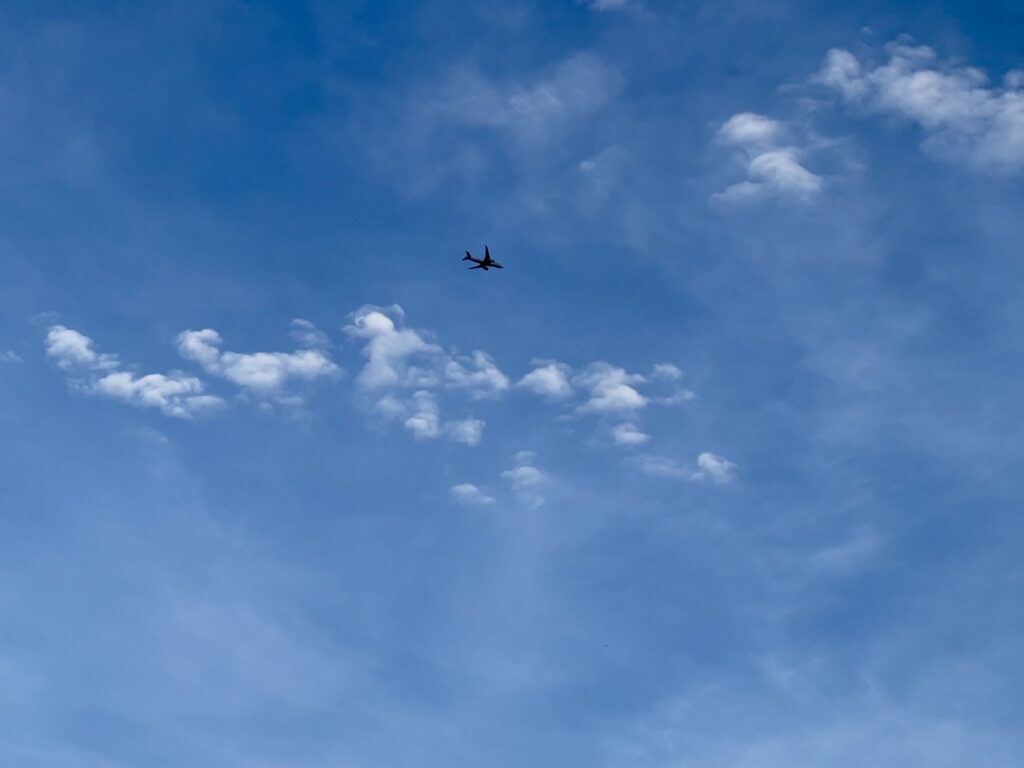10 Challenges Facing Passenger Aviation

The airline industry is facing many obstacles that challenge the sustainability of their business models. In 2020, when the COVID-19 pandemic first caused widespread disruptions, passenger volumes dropped to historically low levels. With the worst of the pandemic over, many passengers have returned to the skies. But despite the recovery of demand, Avia Solutions Group reports that many impacts from both the pandemic and a difficult operating environment threaten the profitability of the industry.

Ten big challenges for passenger aviation sustainability over the next three years, according to Gediminas Ziemelis, Chairman of Avia Solutions Group
The chairman of Avia Solutions Group, Gediminas Ziemelis, shared his perspective on the 10 major challenges for passenger aviation sustainability in the coming three years. These include high market interest rates for airlines, higher insurance costs, supply chain disruptions, and ESG (Environment, Society, and Governance) requirements for greener aviation.
One difficulty the industry is still experiencing from COVID-19 involves maintenance. After passenger volumes plummeted at the onset of the pandemic, many airlines parked and stored parts of their fleet in an attempt to save money and avoid operating empty flights. This led to the widespread delay of scheduled MRO (maintenance, repair, overhaul) activities. More aircraft returning to the skies combined with accumulated demand for maintenance has led to delays, since many facilities are already at full capacity and simply cannot accommodate more aircraft.
More specifically, engine maintenance has the potential to cause widespread disruptions to airline operations. For example, LEAP engines, which power both the Airbus A320neo (LEAP-1A) and Boeing 737 MAX (LEAP-1B) have a 60% postponement rate for maintenance. Powering the latest generation of the most popular narrowbody jets in the global fleet, these delays could hinder the airline industry’s recovery and thus profitability.
Beyond maintenance, other airline actions taken in response to the pandemic have left lasting impacts on today’s industry. With record low demand, many airlines canceled their pilot cadet programs that streamline the process of getting new pilots trained and ready for flight. Facing strong recovery, airlines now lack the pilots they need to operate full schedules. In fact, some forecasts estimate that the industry will be short 300,000 pilots within the next 10 years, with India expected to be hit hardest by the shortage.
The debt carriers entered during the pandemic combined with a challenging current operating environment also jeopardizes airline profitability. As airlines struggled through 2020 and 2021, they took on additional debt to stay afloat. This resulted in a higher interest rate, which—when combined with today’s high fuel prices and fiercer competition—strained the financial resources of airlines across the world.
Limited resources will also damage the industry’s bottom line. Airlines’ unplanned costs are expected to increase dramatically as fewer resources make operations less reliable, leading to more delays and cancellations that passengers can receive compensation for. Prior to the COVID-19 pandemic, delays that left passengers eligible for compensation made up only 1.5% of all European flights, with an average compensation of €375. However, as a result of less reliable operations, this figure could reach 5%, which could result in €20 million being dedicated to accommodating passengers on delayed or canceled flights.
Though the worst of the pandemic has passed, today’s airlines are still facing the impacts of such a historic demand shock. Addressing these challenges, along with the new ones that a tough operating environment presents, will be key for the airline industry to continue on a path of recovery.
The post 10 Challenges Facing Passenger Aviation appeared first on Avionics International.
—————
Boost Internet Speed–
Free Business Hosting–
Free Email Account–
Dropcatch–
Free Secure Email–
Secure Email–
Cheap VOIP Calls–
Free Hosting–
Boost Inflight Wifi–
Premium Domains–
Free Domains





